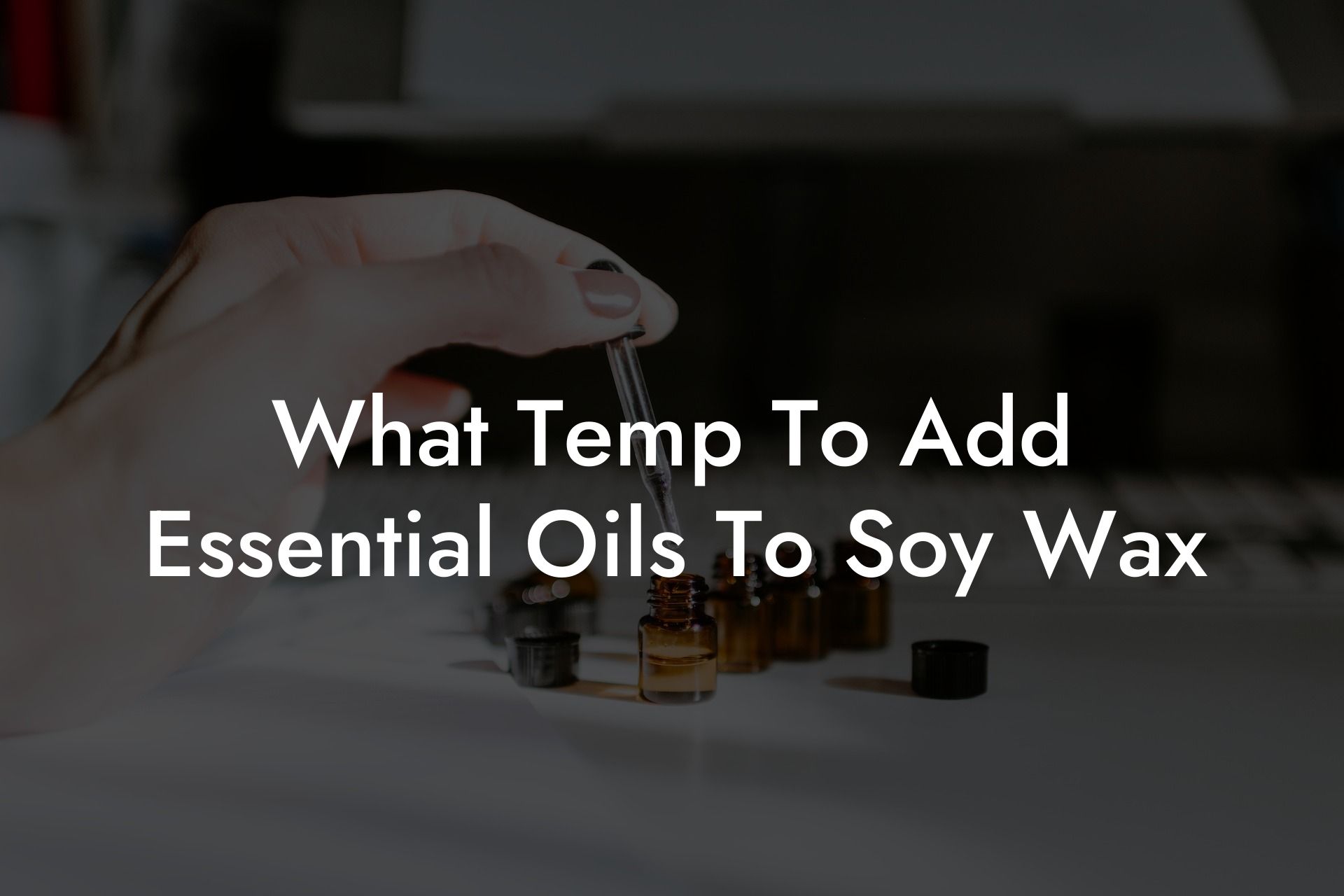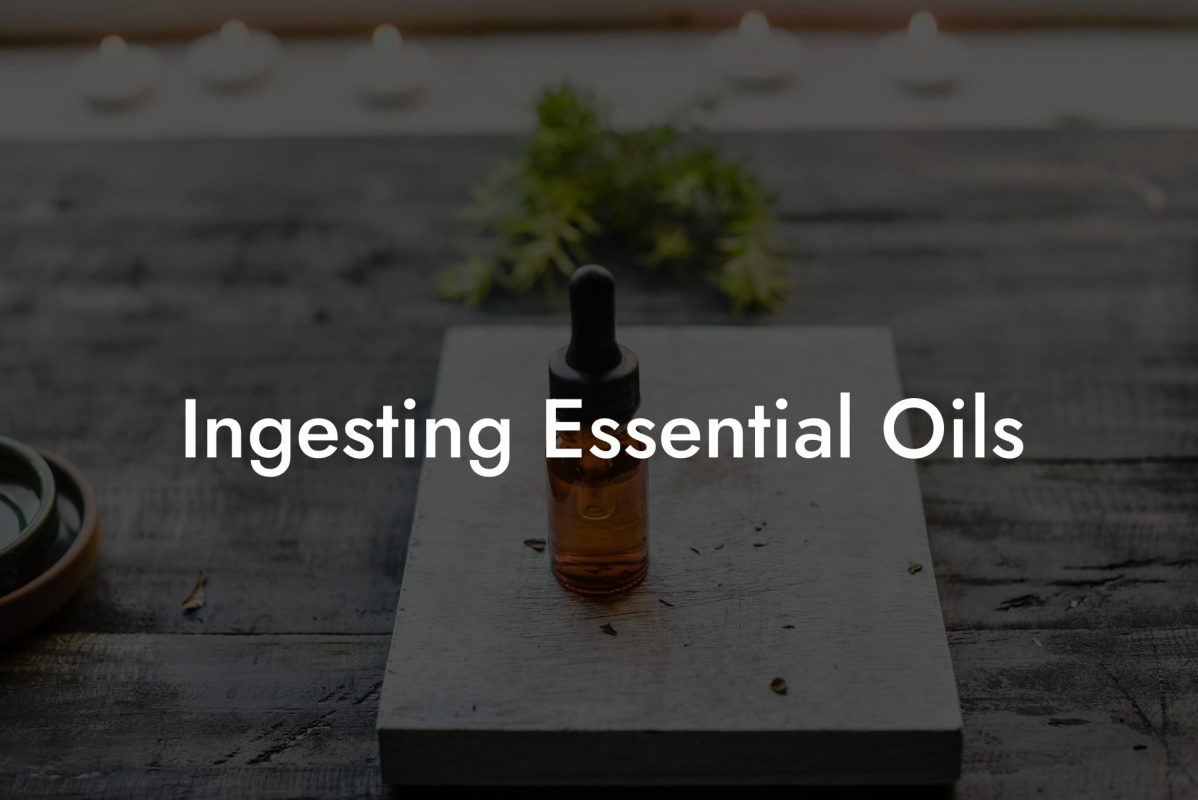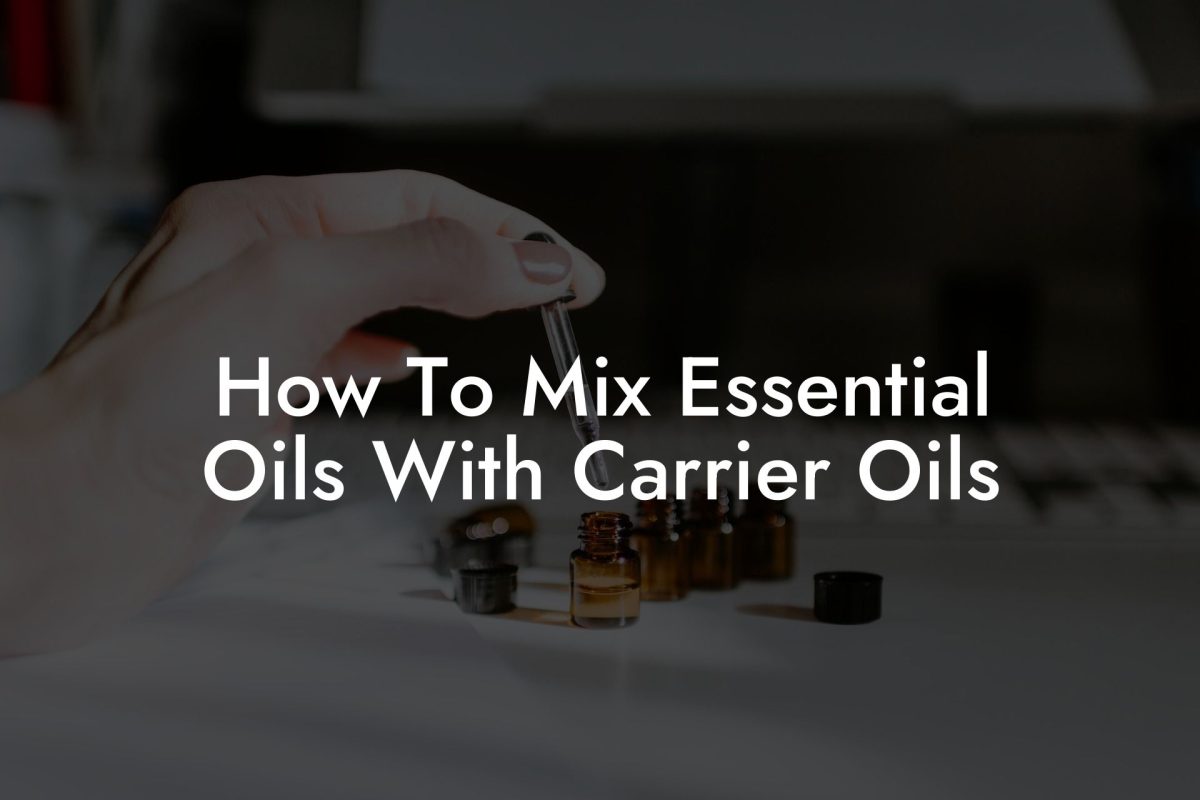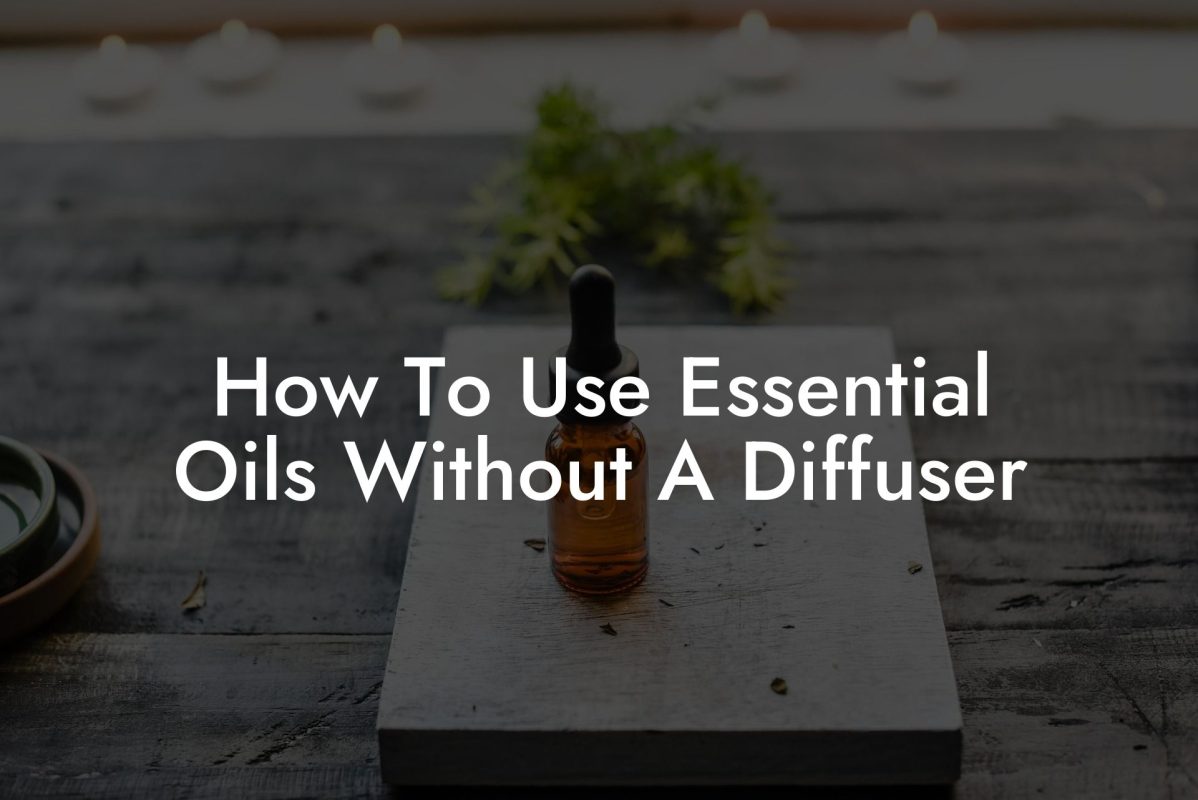Creating the perfect homemade soy candles is an enjoyable and relaxing hobby. They emit beautiful scents and provide a warm ambiance while igniting your creativity. One critical step in creating these candles is knowing the perfect temperature to add essential oils. In this article, we’ll delve into the process and guide you through the right temperature for incorporating essential oils into your soy wax to craft your unique, soothing candles.
Table of Contents
Why Temperature Matters When Adding Essential Oils to Soy Wax
The temperature at which you add essential oils to your soy wax is a crucial factor in creating aromatic candles. Understanding the importance of temperature will help you craft a perfect candle that not only looks beautiful but also fills your space with delightful scents. Here’s why temperature matters:
- Flashpoint: Essential oils have a flashpoint, the temperature at which they start to evaporate or release their scents into the air. To avoid losing the aroma, it’s essential to add the oils below their flashpoint.
- Scent throw: The scent throw of your candle refers to how well the scent fills a room. Properly incorporating essential oils can help enhance the scent throw of your candles.
- Binding: Essential oils need to properly bind with the soy wax to create an even distribution throughout the candle. Adding oils at the right temperature ensures they will properly mix and create a well-balanced scent.
The Ideal Temperature to Add Essential Oils to Soy Wax
Step 1: Determine the Flashpoint of Your Essential Oils
Before adding essential oils to your soy wax, it’s crucial to determine their flashpoint. The flashpoint can vary for each oil, so always check the packaging or consult the manufacturer’s guidelines. As a general rule, most essential oils have a flashpoint between 130°F – 200°F (54°C – 93°C).
Step 2: Melt Your Soy Wax
Begin by melting your soy wax in a double boiler, keeping an eye on the temperature. Soy wax typically melts at around 120°F–180°F (49°C–82°C) and should go liquid once it reaches this threshold. A reliable thermometer will help you maintain control over the wax temperature throughout the process.
Step 3: Cool the Soy Wax
Once the wax has melted, let it cool down, preferably until it reaches 10°F–20°F (5°C–11°C) below the flashpoint of the chosen essential oils. This cooler temperature allows the oils to incorporate effectively, without evaporating too quickly, thus preserving their scents.
Step 4: Add the Essential Oils
When the soy wax has cooled to the appropriate temperature, it’s time to add your essential oils. Stir gently and thoroughly to ensure proper mixing and dispersion of the oils throughout the wax. This step is crucial for the even distribution of scent within your candle.
What Temp To Add Essential Oils To Soy Wax Example:
Imagine you have chosen lavender essential oil for your homemade soy candles, with a flashpoint of 160°F (71°C). You’ll want to melt your soy wax, and then let it cool down to approximately 140°F (60°C) before adding the lavender essential oil. Gently stir the oils and wax together, ensuring even distribution.
Now that you’ve learned the optimal temperature for adding essential oils to soy wax and how to create a beautifully scented candle, it’s time to embark on your candle-making journey. Experiment with various scents and combinations to discover your unique aromatherapeutic blends, benefiting from the calm and relaxation that these candles provide. Don’t forget to share your newfound expertise with friends and family, as the art of crafting soy candles is a fun and creative endeavor for everyone.
Explore other guides and resources on Oshu Oils for more information on essential oils, aromacology, and candle-making techniques. Don’t forget to check out our carefully curated Oshu Oils range of artisan essential oils to take your candle-making skills to the next level.





















